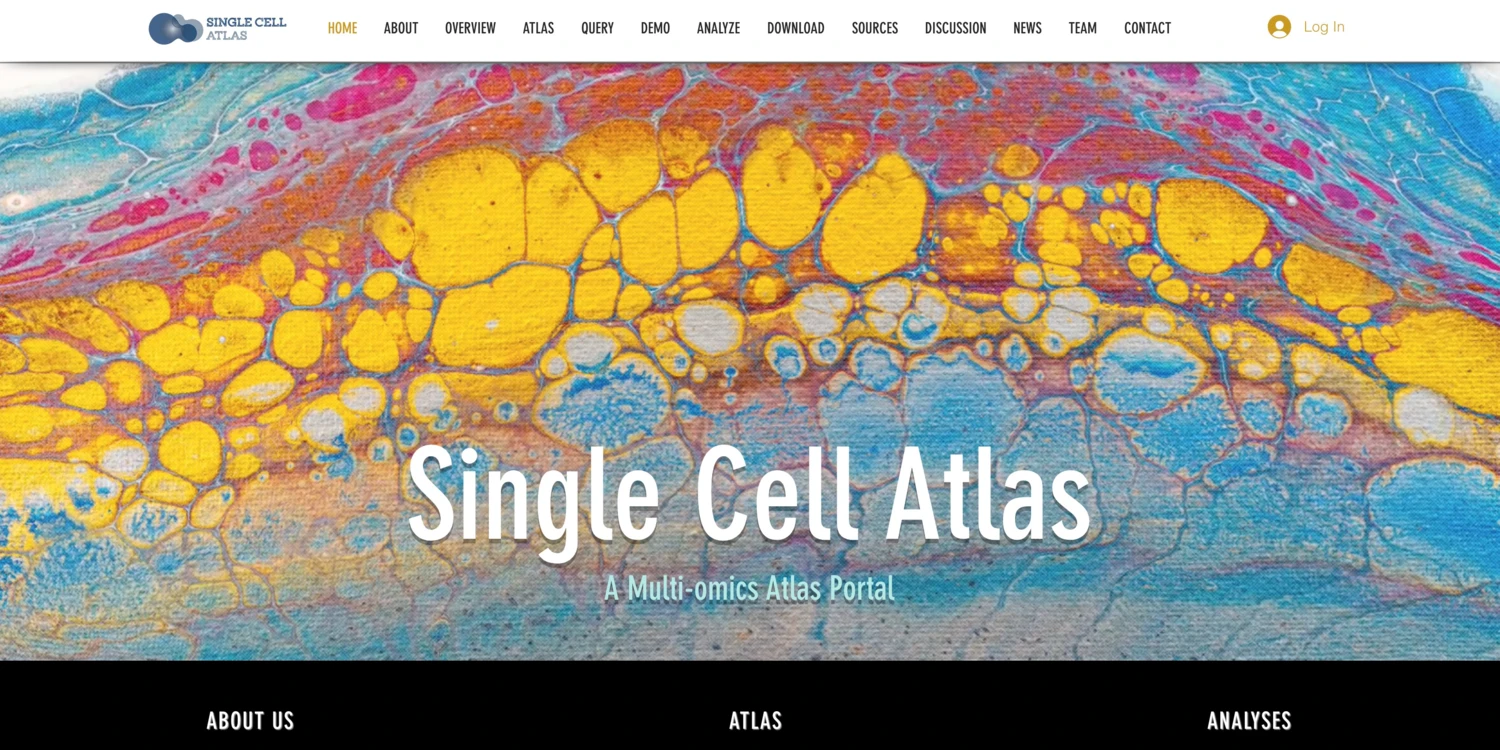Hudson Institute scientists have found that a hormone that can cause high blood pressure has been found to behave differently in young men and women, possibly paving the way for more targeted diagnosis and treatment.

The findings could lead to earlier identification and better treatment for some people at risk of high blood pressure and related conditions.
Published in Hypertension journal, researchers investigated a hormone called aldosterone, which the adrenal glands produce to maintain normal blood pressure.
Too much aldosterone can cause high blood pressure in adults and may affect blood pressure from a young age.
One in three (almost six million) Australian adults has high blood pressure, or hypertension, and aldosterone-related hypertension affects around one in 10 of them.
Identifying high blood pressure early is crucial as it is the leading risk factor for heart disease and can lead to a heart attack, stroke, or kidney disease.
Measuring the pressure
Led by Dr Jun Yang, Head of the Endocrine Hypertension Group at Hudson Institute and also a Monash Health Consultant Endocrinologist and Professor Trevor Mori from the University of Western Australia, the team measured aldosterone in 17 and 27-year-old males and female participants of the Raine Study
The Raine Study is a prospective longitudinal cohort study which has followed a group of nearly 3,000 young Australians who were born into the study between 1989 and 1991. Research based on data from the Raine Study cohort has led to the development of normal ranges and disease prevalence estimates, provided insights into research methodology, identified new epidemiological associations, and provided a general population control group that is being increasingly recognised internationally as a highly unique resource.
Using the Raine Study data, the team found that aldosterone levels at age 17 were related to blood pressure in males but not females. Aldosterone levels at age 17 in females were related to their blood pressure at 27.
It is the first time these relationships have been demonstrated in a large group of young people.
Dr Yang said the findings showed aldosterone behaved differently between genders, which could help inform earlier diagnosis and possibly more targeted treatments.
“If we can understand the pattern of aldosterone production in younger people, we may be able to diagnose aldosterone-mediated hypertension at an earlier stage,” she said.
“That would allow patients to receive targeted treatment in a timely manner to optimise their blood pressure control and achieve optimal health outcomes.”
Better treatment potential
Dr Yang said high blood pressure was a serious health problem and some causes were difficult to control, such as genetics and obesity.
“However, if blood pressure is caused by a hormone such as aldosterone, there are medicines which can specifically block aldosterone activity and therefore improve the blood pressure,” she said.
The latest research is important as most patients with aldosterone-related hypertension are diagnosed quite late, in many cases after having hypertension for more than 10 years.
“Measuring these hormones may be quite useful in assessing high blood pressure in young people,” Dr Yang said. “Understanding the differences between young women and men will also be important for the interpretation of their test results.”

Next steps
Dr Yang and Hudson Institute Centre Head Professor Peter Fuller established Melbourne’s first dedicated Endocrine Hypertension Clinic at Monash Health in 2016.
The team has developed a streamlined pathway for the diagnosis of aldosterone-mediated hypertension. Their outreach to general practitioners around Victoria has led to earlier screening and diagnosis of this important condition.
Dr Yang and her colleagues are now investigating the relationship between aldosterone and other markers of heart health in young people, such as the flexibility of blood vessels.
They also hope to measure aldosterone when the participants of the Raine Study are older. “It’s a further step to understand how this disease develops over time,” Dr Yang said.
Collaborators | Professor Trevor Mori and Professor Lawrie Beilin of the University of Western Australia provided the valuable participant blood samples and clinical data via the Raine Study, in addition to contributing to study design and data interpretation. Professor Markus Schlaich from University of Western Australia, Professor Michael Stowasser from University of Queensland, Dr StellaMay Gwini from Barwon Health/Monash University, Associate Professor Morag Young from Baker IDI and Professor Peter Fuller from the Hudson Institute also contributed to data interpretation.
Funders | Heart Foundation – Vanguard Grant, Rebecca Cooper Foundation project grant








